Standing at just under half a metre tall, a small, stuffed hessian figure with its own parachute seems an unlikely participant in a major military operation. It was, however, part of a sophisticated plan of deception to assist the D-Day landings (Operation ‘Overlord’) in Normandy, France, which began 75 ago today.
Operation ‘Titanic’ was the codename for the dummy paratrooper drops and was part of the broader D-Day deception initiatives known as Operation ‘Bodyguard’. It was not the first time ‘para-dummies’ had been used, but it had never been attempted on this scale. The operation was to be carried out by four squadrons of No. 3 Group RAF – Nos. 138, 161, 90 and 149 – flying Hudson, Halifax and Stirling aircraft in the early hours of 6 June 1944.
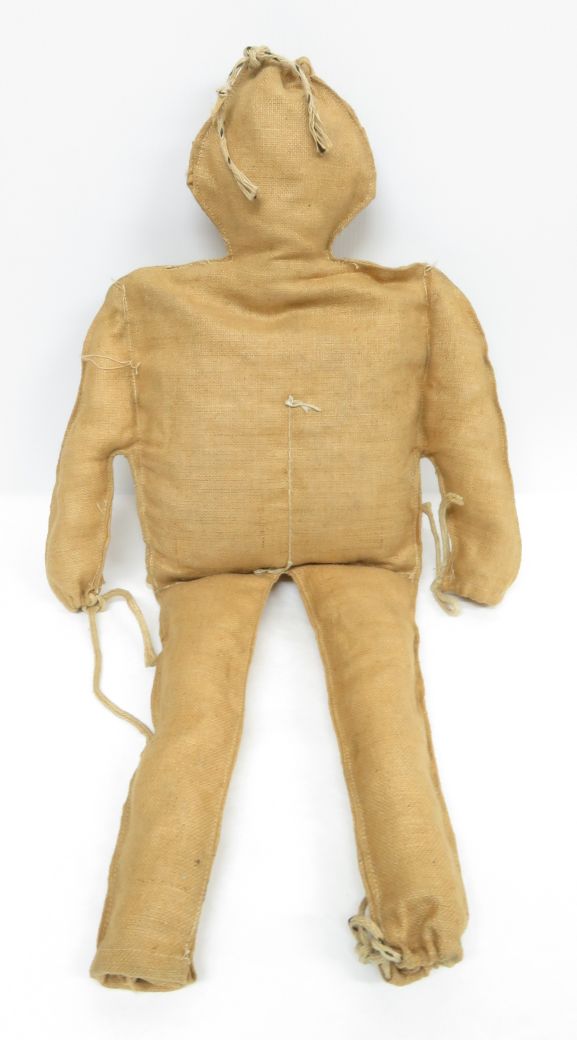
These dummies (codenamed ‘Ruperts’) had hollow hessian heads, arms and legs, in which small timed explosives were fitted not only to destroy the dummy, but also to simulate a soldier burning his parachute. A noisemaker, called a ‘Pintail’ also simulated the cracking sound of rifle fire and was attached behind the parachute.
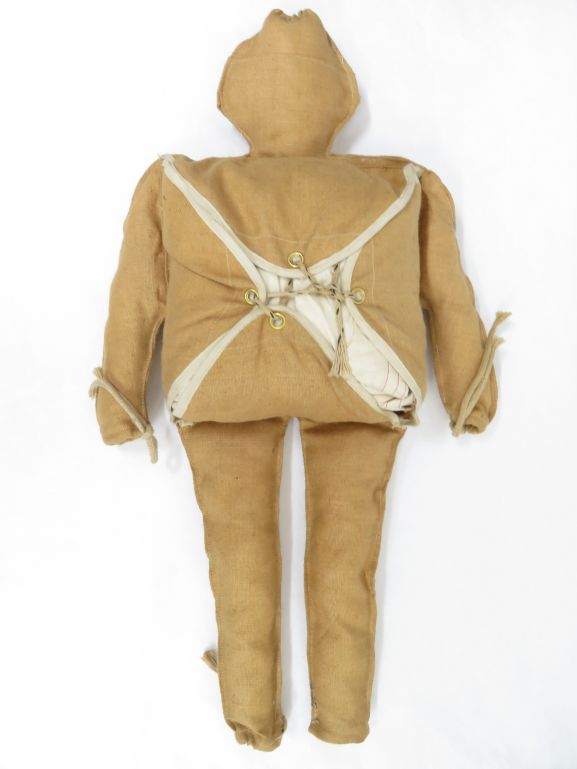
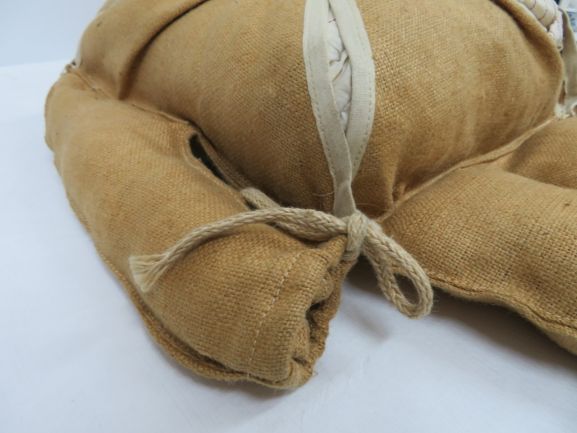
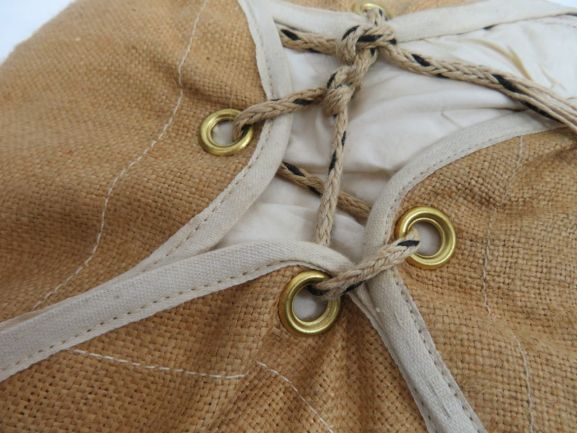
Around 400 ‘Ruperts’ were dropped around the drop zones in Normandy and also further north in France to deceive the Germans as to the exact location of the attack and confuse the defences. British troopers of 2nd Special Air Service (SAS) were dropped with them to provide some real firepower and attack the enemy, as well as playing amplified recordings of actual troops shouting and heavy weapons fire. They were also instructed to allow some Germans to escape, to increase reports of these fake airborne ‘landings’. 11 SAS soldiers were killed in the operation, or later executed by the Germans. Two of No. 149 Squadron’s Short Stirling aircraft were also shot down and their crews killed.
Despite these losses, this force of tiny sack-cloth soldiers caused widespread confusion and documentary evidence from German records reveals troops reacted to and diverted forces to meet the phantom threat. Without a doubt, these drops succeeded in reducing the danger of effective German counter-attacks and saved other Allied soldier’s lives.

Our ‘Rupert’ was lucky in that he never had to face the Germans in battle. He was discovered in the early 1980s, packed in a box with several comrades, in the Air Dispatch Squadron stores at RAF Lyneham in England, the airfield from which some of the airborne forces dropped over Normandy departed from. Not having been used, he is in mint condition, and his parachute is still neatly folded and intact. The hessian still has some printed markings, possibly indicating he was made from material salvaged from sacks. Not long after his re-discovery, he was offered to the Air Force Museum of New Zealand, where he remains preserved as evidence of this extraordinary aspect of one of the most momentous military operations in history.
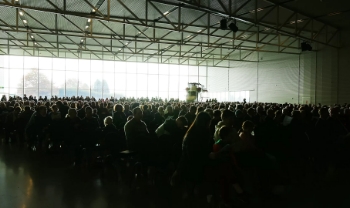





Comments are closed.